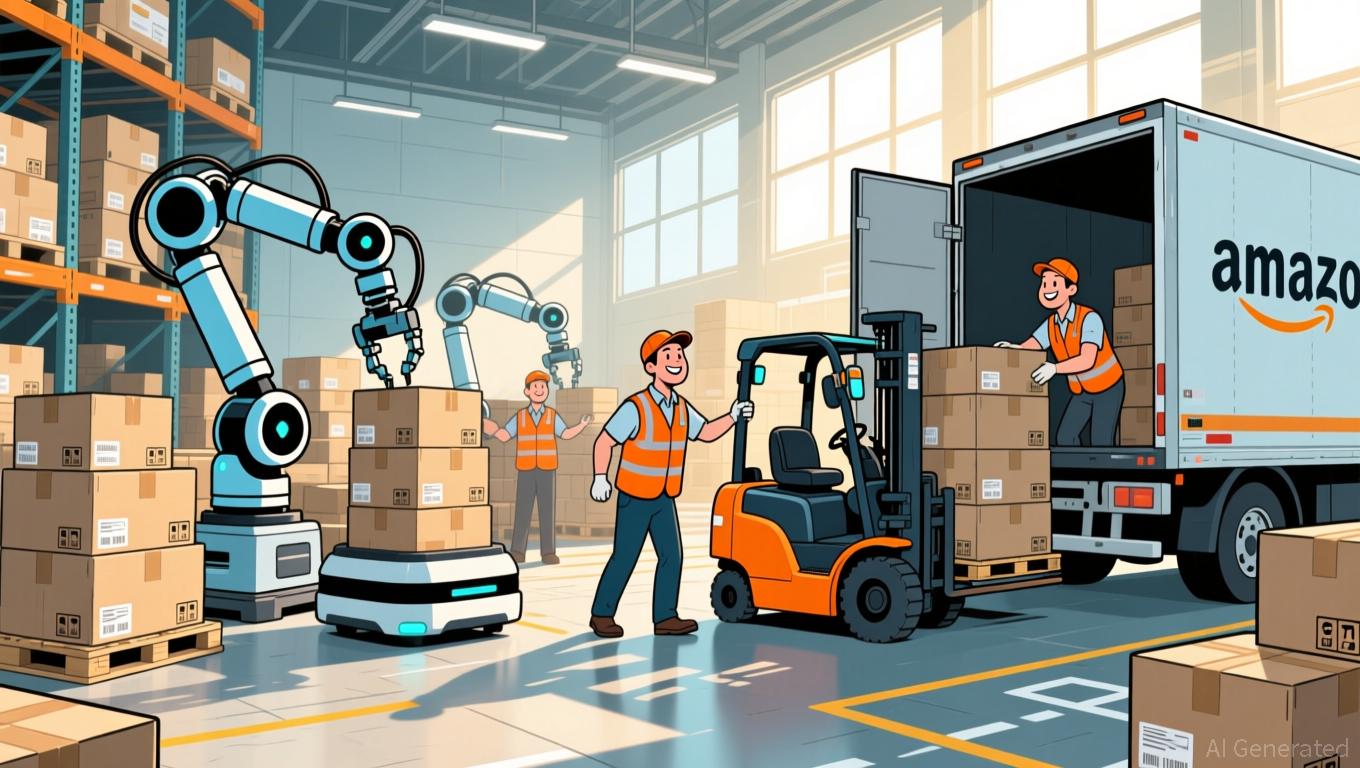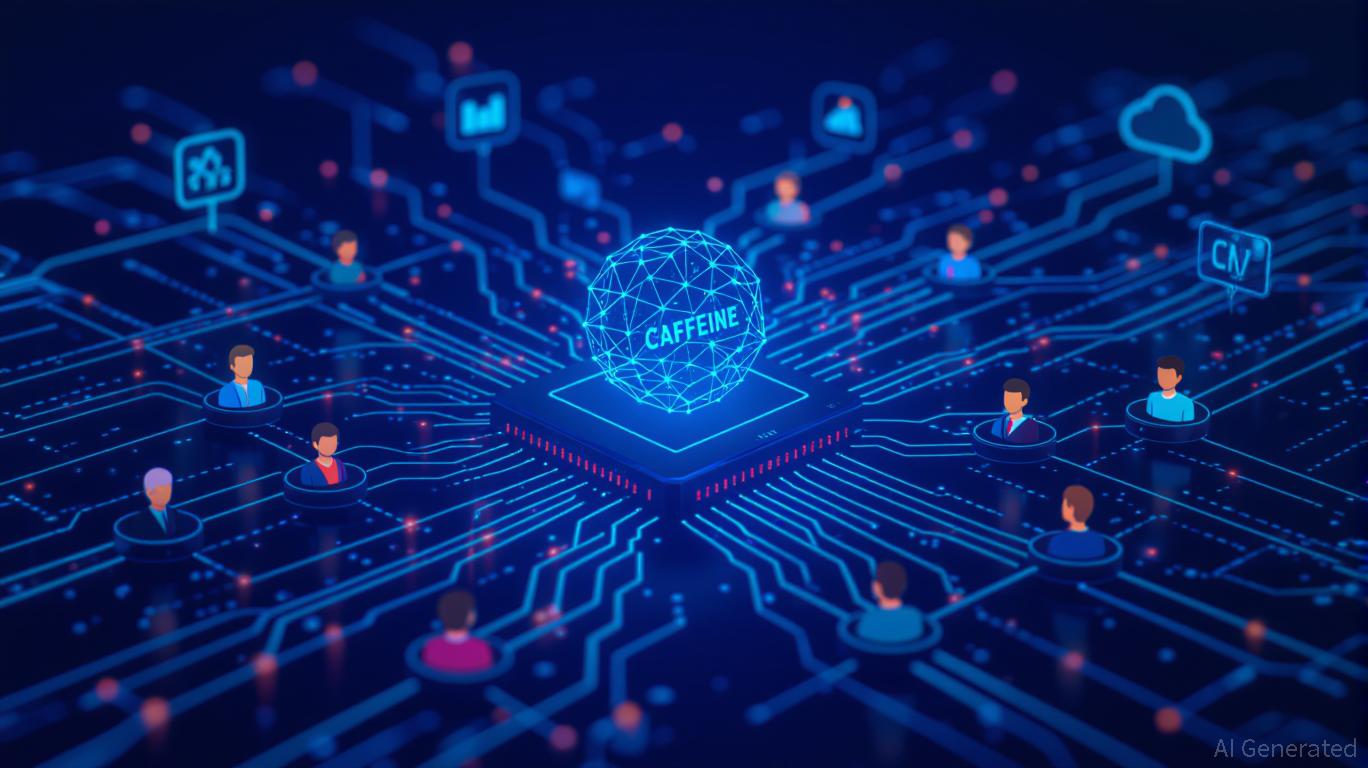Amazon's growing use of AI and recent job cuts spark concerns among employees about job security
- Amazon announced 14,000 corporate layoffs (2025) and a $50B AI infrastructure investment, targeting engineers and white-collar roles to prioritize automation-driven efficiency. - Leaked plans reveal 75% warehouse automation could displace 600,000 jobs, sparking concerns about blue-collar worker displacement despite claims of "extending human capacity." - The $2.5B upskilling initiative aims to prepare 50 million workers for AI-driven shifts, yet critics question if reskilling can offset massive job losse
Amazon’s unprecedented layoff of 14,000 corporate employees and its $50 billion commitment to AI infrastructure have sparked renewed discussions about how automation will reshape employment. The job cuts, which mainly impacted engineers and other white-collar professionals,
Announced in October 2025, these layoffs represent the largest workforce reduction in Amazon’s 31-year history. Nearly 40% of the 4,700 U.S. jobs eliminated were engineering positions
Meanwhile, Amazon Web Services (AWS)

The growing divide between Amazon’s AI-driven goals and its workforce changes is further illustrated by leaked documents indicating plans to automate 75% of warehouse tasks,
The consequences go beyond Amazon itself. As AI becomes more prevalent, companies from Microsoft to Northrop Grumman are wrestling with how to integrate automation while maintaining job stability. Steve O’Bryan of Northrop, for example, expects European defense budgets to remain high even after the Ukraine war, as countries rebuild their arsenals. Likewise, Amazon’s $2.5 billion reskilling program is designed to prepare 50 million people for the evolving job market, though some doubt these initiatives can truly counteract the scale of job loss.
Currently, Amazon’s approach—simultaneously reducing its workforce and investing in AI—mirrors a broader movement in the tech industry. As Bloomberg observes, major tech firms are increasingly focused on speed and efficiency, even as they face growing criticism over the social costs of technological advancement.
Disclaimer: The content of this article solely reflects the author's opinion and does not represent the platform in any capacity. This article is not intended to serve as a reference for making investment decisions.
You may also like
ICP Network Expansion by Late 2025: Is the DApp Ecosystem Approaching a Critical Juncture?
- ICP's 2025 growth hinges on user adoption, developer tools, and institutional interest despite mixed metrics. - 1.2M active wallets and $1.14B daily transactions contrast with 22.4% DApp usage decline, signaling shifting user priorities. - Caffeine AI's 385% price surge and Chain Fusion interoperability boost developer adoption but risk diluting traditional DApp ecosystems. - $237B TVL and Azure/Google Cloud partnerships drive institutional adoption, yet SEC scrutiny highlights regulatory risks. - Infras

BTC breaks through $88,000
The Reserve Bank of New Zealand cut interest rates by 25 basis points as expected.